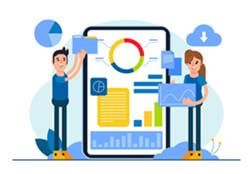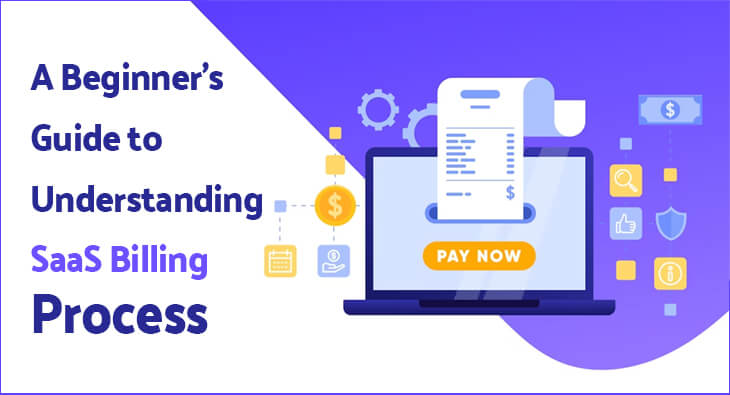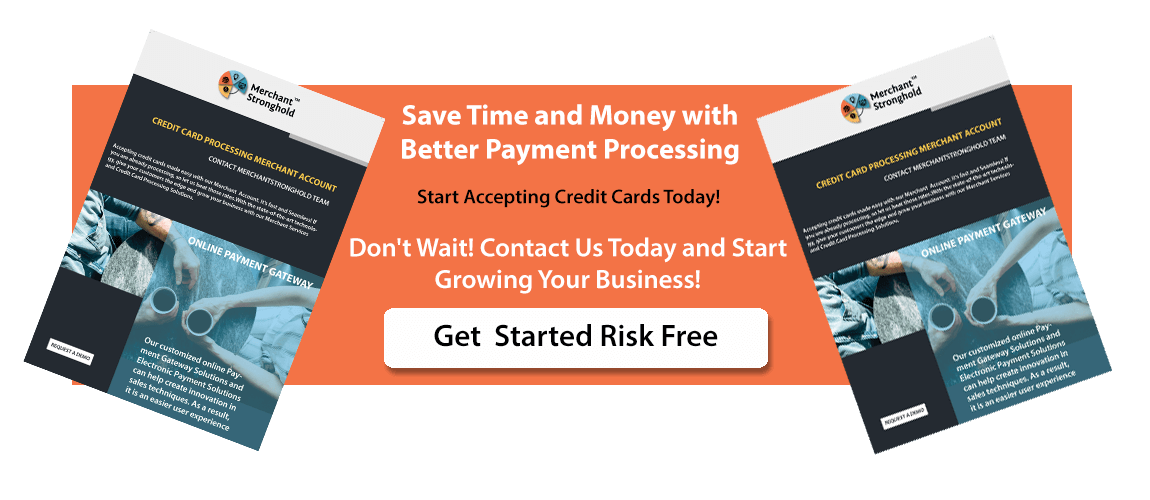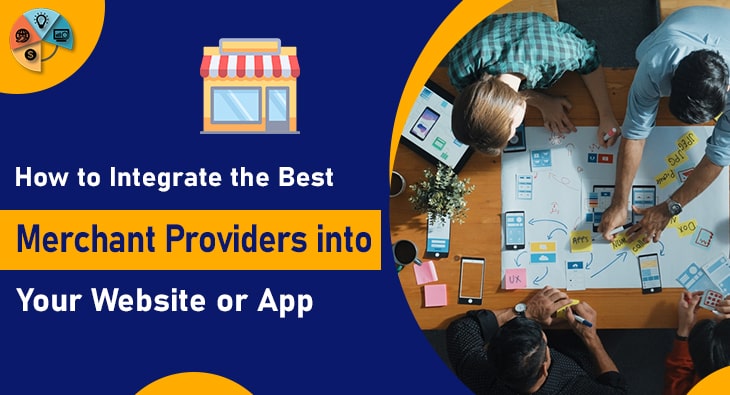For those new to the world of software as a service (SaaS), understanding the SaaS billing process can be daunting. However, with a basic understanding of how the process works, it can be made much simpler. In this beginner’s guide to SaaS billing process, we will discuss the most important aspects of the billing process and provide best practices for a successful SaaS billing experience. We will cover topics such as setting up billing plans, calculating costs, managing payments, and tracking customer usage. With this knowledge, you will be well on your way to successful SaaS billing.
Why Understanding SaaS Billing is Crucial for Businesses
In today’s fast-paced digital world, businesses are increasingly relying on software as a service (SaaS) solutions to streamline their operations and deliver exceptional value to their customers. With the growing popularity of SaaS, it has become crucial for businesses to have a solid understanding of the SaaS billing process.
So, why is understanding SaaS billing so important for businesses? The answer lies in the financial health and overall success of your organization. By comprehending the intricacies of SaaS billing, you can ensure accurate revenue recognition, optimize your pricing strategy, and provide a seamless and transparent billing experience to your customers.
Accurate revenue recognition is essential for any business, as it allows you to properly assess your financial performance and make informed decisions. Understanding how SaaS billing works enables you to recognize revenue at the right time, ensuring your financial statements accurately reflect your business’s current financial status.
Additionally, by understanding SaaS billing, you can optimize your pricing strategy. This involves determining the right pricing model for your SaaS offering, setting competitive pricing tiers, and identifying opportunities for upselling and cross-selling. A well-thought-out pricing strategy can help maximize your revenue while ensuring customer satisfaction and retention.
Furthermore, having a deep understanding of the SaaS billing process allows you to provide a seamless and transparent billing experience to your customers. By implementing clear and concise billing practices, you can build trust with your customers and reduce the risk of disputes or billing-related issues. A positive billing experience can lead to higher customer satisfaction, increased customer loyalty, and ultimately, long-term business success.
Some Related Blogs
- How Do High-risk Merchant Accounts Different from Regular Accounts
- Decoding Credit Card Surcharging: Tips for Understanding the Fees
- Get More Out of Your Merchant Account for Your Small Business
- Mastercard’s Guide to High Risk Recurring Billing
The Key Components of a SaaS Billing Process
When it comes to understanding the key components of a SaaS billing process, there are a few crucial elements to consider. These components ensure a smooth and efficient billing system that benefits both your business and your customers.
First and foremost, setting up billing plans is an essential part of the process. This involves determining the pricing structure for your SaaS offering, such as monthly or annual subscription fees, and any additional charges for usage or upgrades. By creating clear and well-defined billing plans, you provide your customers with transparency and help them choose the right option for their needs.
![]()
Email us anytime!
Email customer service 24/7
![]()
Call us anytime!
Reach customer care 24/7 at +1 (727) 330-3944
Next, calculating costs accurately is crucial for effective SaaS billing. This includes considering factors like server costs, maintenance expenses, customer support, and any other overhead expenses associated with providing your SaaS solution. By accurately calculating these costs, you can ensure that your pricing is profitable and sustainable.
Managing payments is another key component of the billing process. This involves handling transactions, invoicing customers, and collecting payments in a timely manner. Utilizing secure payment gateways and implementing automated processes can help streamline this aspect of the billing process, reducing manual errors and ensuring prompt payment.
Lastly, tracking customer usage is essential for both billing accuracy and customer satisfaction. By monitoring and analyzing how customers use your SaaS solution, you can identify opportunities for upselling or cross-selling, adjust your pricing plans if needed, and gain insights into customer behavior and preferences.
By understanding and implementing these key components, you can create an efficient and effective SaaS billing process that not only ensures accurate revenue recognition but also provides a seamless and transparent billing experience for your customers.
Best Practices for SaaS Billing
Now that you have a basic understanding of the SaaS billing process, let’s dive into some best practices to ensure a smooth and successful billing experience.
1. Clear and Transparent Communication:
Effective communication is key when it comes to SaaS billing. Make sure your billing policies and terms are clearly outlined and easily accessible to your customers. Provide them with a detailed breakdown of the charges and any additional fees. Transparency builds trust and reduces the risk of disputes or misunderstandings.
2. Flexible Pricing Options:
Offering flexible pricing options can be a game-changer for your SaaS business. Consider different pricing tiers or plans to accommodate the varying needs and budgets of your customers. This allows them to choose the plan that best suits their requirements, leading to higher customer satisfaction and retention.
3. Automated Invoicing and Payment Processes:
Manual invoicing and payment processes can be time-consuming and prone to errors. Implementing automated systems can streamline these processes, ensuring accurate invoicing and prompt payment. Consider using billing software or platforms that integrate with your payment gateway to simplify and automate the billing cycle.
4. Regular Auditing and Monitoring:
Regularly auditing your billing process and monitoring customer usage can help you identify any discrepancies or areas for improvement. This allows you to address any billing issues promptly and ensures that your billing system remains efficient and accurate.
5. Proactive Customer Support:
Providing excellent customer support goes a long way in ensuring a positive billing experience. Be responsive to customer inquiries or concerns, and have a dedicated support team that can assist with billing-related questions. Proactive support can help prevent billing issues from escalating and strengthen customer relationships.
By implementing these best practices, you can create a seamless and efficient SaaS billing process that not only ensures accurate revenue recognition but also enhances customer satisfaction and drives long-term business success.
Common SaaS Billing Challenges and How to Overcome Them
Common SaaS billing challenges can arise as businesses navigate the complexities of the billing process. However, with the right strategies and tools, these challenges can be overcome. One common challenge is managing subscription renewals. It can be difficult to keep track of when subscriptions are due for renewal, leading to missed payments and lost revenue. To overcome this challenge, businesses can implement automated subscription renewal reminders and utilize subscription management software that provides notifications for upcoming renewals.

Another challenge is handling complex pricing structures. SaaS businesses often offer different pricing tiers and add-ons, which can be confusing for customers and result in billing errors. To address this challenge, it is important to clearly communicate pricing structures to customers and provide detailed invoices that clearly outline charges and any additional fees.
Billing disputes can also be a challenge. Customers may dispute charges due to discrepancies or misunderstandings. To overcome this challenge, businesses should have a dedicated customer support team that is well-equipped to handle billing inquiries and resolve disputes promptly. Clear communication and proactive customer support can help prevent billing issues from escalating.
Lastly, integrating billing systems with other business systems can be a challenge. It is important to ensure that billing systems seamlessly integrate with other software and platforms, such as CRM systems or payment gateways. This integration helps streamline the billing process and reduces manual errors. Implementing tools and platforms that provide integration capabilities can help overcome this challenge.
By being aware of these common challenges and implementing the appropriate strategies and tools, businesses can overcome them and ensure a smooth and successful SaaS billing process.
Tools and Platforms for Streamlining Your SaaS Billing Process
When it comes to streamlining your SaaS billing process, there are a variety of tools and platforms available to help make the task more efficient and seamless. These tools are designed to automate and simplify your billing workflows, ensuring accurate invoicing and prompt payment.
One popular tool for SaaS billing is a subscription management platform. These platforms allow you to easily manage and track customer subscriptions, automate renewal reminders, and handle billing inquiries. They also provide comprehensive analytics and reporting features, giving you valuable insights into your billing performance and customer behavior.
Another helpful tool is billing software, which automates the generation and delivery of invoices. With billing software, you can create professional invoices that clearly outline charges and due dates. Some software even integrates with payment gateways, allowing for secure and seamless online payment processing.
For businesses that require more complex billing structures, there are revenue management platforms available. These platforms enable you to handle usage-based billing, metering, and tiered pricing models. They also provide advanced revenue recognition capabilities, ensuring accurate financial reporting.
Furthermore, integrating your billing systems with other business systems, such as CRM platforms or payment gateways, can greatly streamline your billing process. This integration allows for real-time data synchronization and eliminates the need for manual data entry, reducing errors and saving time.
Overall, these tools and platforms can significantly streamline your SaaS billing process, making it more efficient and less prone to errors. By leveraging the right tools for your business, you can enhance your billing operations and provide a seamless experience for both your team and your customers.



